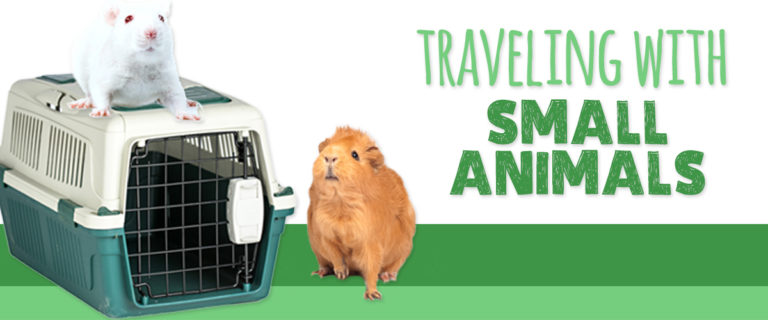With special thanks to Katherine Milligan and Natalie Riggs
Road trip! Two of the sweetest words in the English language, right? We might love the idea of a road trip, but what about our small pets? Small animals can be easily stressed by a change in scenery. There are times, however, when traveling with small pets is unavoidable. Short trips, such as a journey to the vet, are manageable for most small animals. This is even good practice for longer car rides. Significant travel, like a cross-country move, requires extra precautions to make for a smooth transition.

Travelin' In Style Safely: The Right Carrier
Wander down a pet store aisle of carriers sometimes. Or, even just go online and browse the assortment of travel carriers. You'll see all kinds – nylon, cloth, hard shell. Keep on walking or scrolling by the nylon and the cloth carriers. If you think your rabbit does a number on your favorite shirt when it falls out of the laundry basket, just wait until you see her work on a cloth or a nylon carrier.
The same goes for cardboard. Let's face it, when a rabbit or guinea pig sees cardboard, the first thing on their mind is "bunstruction time!" Plus, consider how soggy and putrid smelling it will become if your pet urinates. The carrier quickly becomes uncomfortable and unsanitary for your furbaby and downright smelly for you.
That leaves the rigid shell carrier – your safest option when traveling with small pets. Here are a few essential things to keep in mind when buying a pet travel carrier:
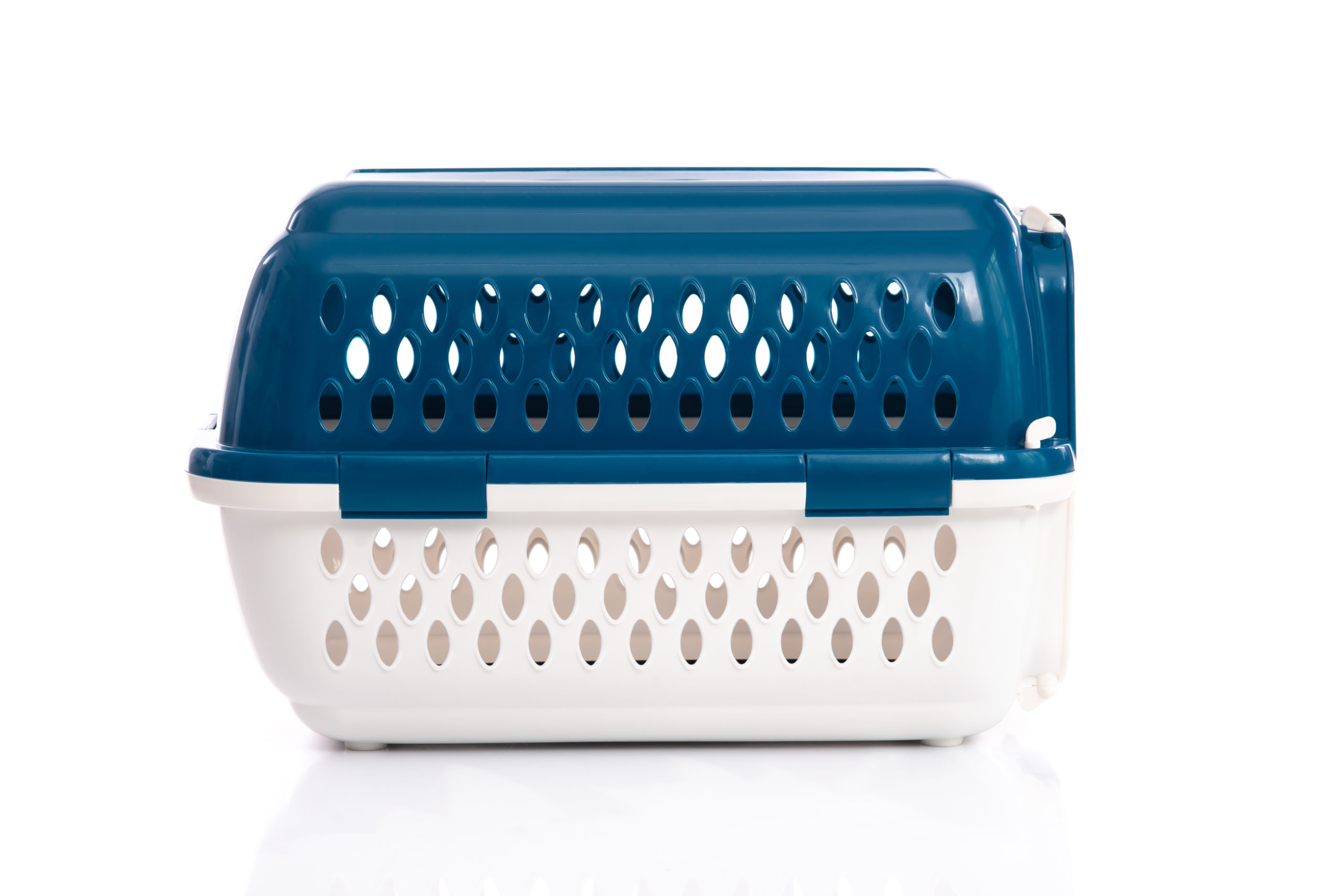
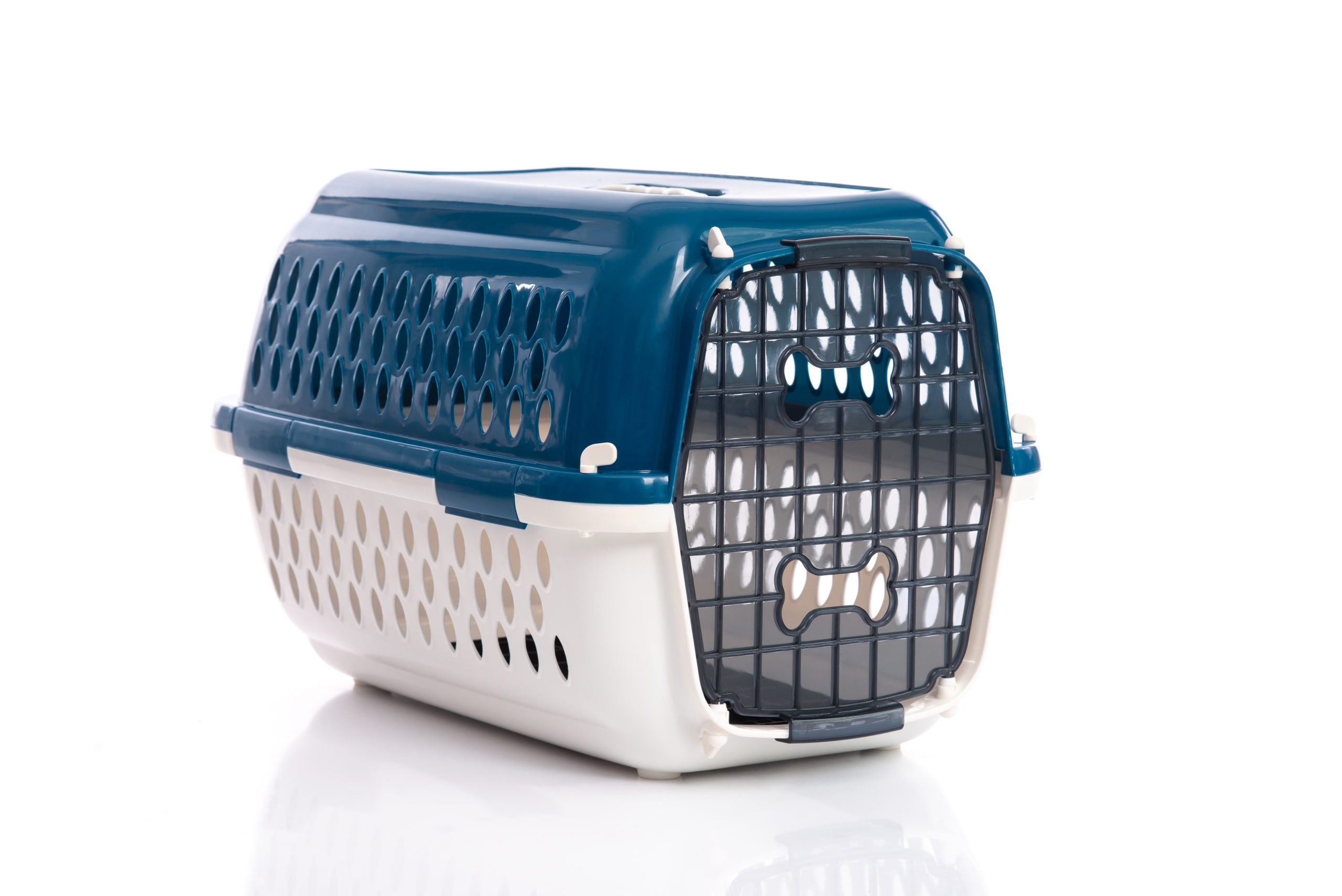
Ventilation
The carrier must have sufficient ventilation, so your babies always have fresh air.
Proper Size
This is one of the only times when smaller is better! We might prefer not to be boxed in, traveling in larger vehicles with plenty of space, but small pets need the opposite. Choose a carrier that provides just enough room for your chins, piggies, or rabbits (if you've got a bonded pair or a trio) to lie down, stand, up and turn around. You want your pet to be able to comfortably stand and turn around, of course. Still, the less room there is to slide about in a sudden stop or accident will minimize the chances of injury.
For longer trips, a larger pet carrier may be a better choice to accommodate a litter pan. This also gives your furbabies a comfortable place to call their own if stopping overnight at a pet-friendly hotel with unfamiliar smells and sounds.
Traction
Your pets must have something in the bottom of the carrier to keep them from sliding around. Just add a pet bed, a blanket, or a towel to the bottom of the carrier. That way, you don't have to worry about your little one slamming from side to side when you make quick stops or go around sharp bends.
*Note: You may want to put a non-scented puppy pad on top of the padding. If your rabbit pees, you can simply roll it up, throw it away and put another pad on top, keeping the soft bottom clean and dry.
Water Woes
There is no way around this one. All water bottles WILL leak, and all bowls WILL spill in the car. Traditional water containers are a no-go for traveling with small pets. As an alternative, offer water at every pit stop and keep unflavored Pedialyte® and syringes on hand in case of suspected dehydration. Small pets that are too frightened to drink during potty breaks may be enticed into munching on some hydrating melon, celery, or cucumber slices. Keeping a small cooler full of water-rich veggies can keep your pet both hydrated and distracted during travel.
Securing the Carrier
Now it’s time to secure the carrier in your vehicle. The House Rabbit Society and Medirabbit agree that placing the carrier on the front seat is your safest and the recommended option IF you can turn off the airbag on the passenger side.
You can either put the carrier with the door facing the front of the car or the door facing you.
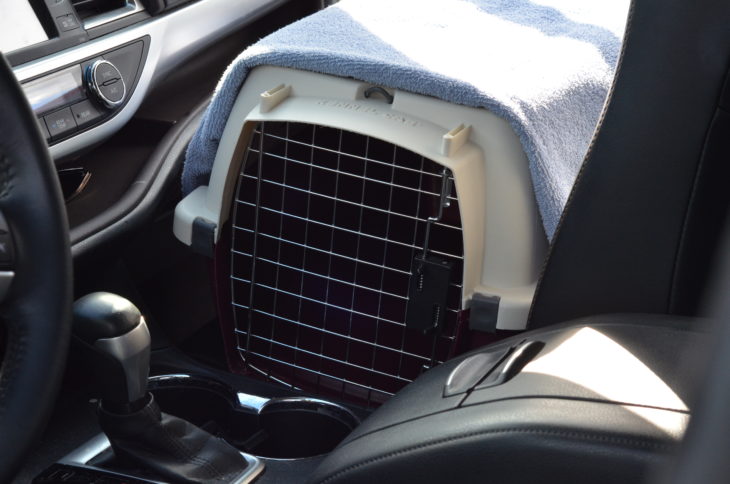
Whichever way you choose, make sure the carrier is sitting FLAT. If it's on an angle, put something underneath it until the carrier sits flat. Then secure it in with the seat belt. The easiest way to do this is to feed the seat belt through the carrier's top handle, pull it around the front of the carrier, and then latch it. Make sure the seat belt tightly holds the carrier.
If you can't turn off the passenger-side airbag, consider putting the carrier on the back passenger floor. Slide the front passenger seat so it sits against the carrier, securing it between the front and back seats.
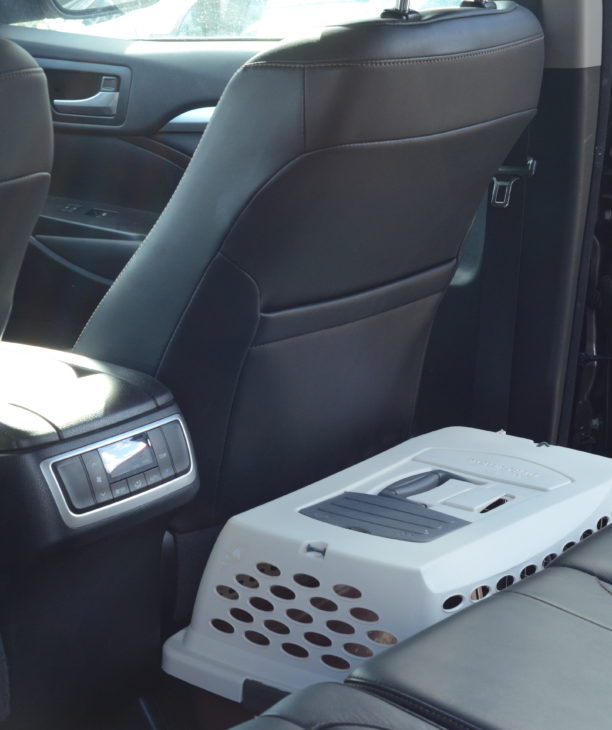
Not too Hot, Not too Cold, and Fume-Free is Just Right
Goldihops and her small mammal compadres are especially sensitive to changes in temperature, including drafts. Keeping the travel cage or carrier as close to you as possible will allow you to monitor the temperature best. You don’t want to expose them to too much direct sunlight or put them right in the blast from the cold air conditioning. Covering some of the cage with a blanket or towel will keep out drafts, as well as potentially spooky lights from oncoming traffic.
Never, no matter what the temperature outside, leave your small pet unattended in a vehicle. Traveling with small pets and sit-down meals just don't mix unless you've reached your final destination for the night. Once you get your babies settled in a pet-friendly, safe, and comfortable place, then you can enjoy a sit-down meal.
Take it Slow
Small animals can find changes to their surroundings upsetting. Car rides can be scary, especially if they aren’t used to traveling. Start with short trips, even just 10 minutes, to help train your pet for the big event. If the cage or carrier is going directly on the vehicle's rear floor or cargo area, putting down towels underneath can help minimize vibrations. Making the adventure enjoyable, perhaps with some treats, certainly won't hurt.


Bentley NEVER forgets his hay when he travels.
Your guinea pigs and rabbits probably won’t be game for an all-nighter right out the gate. After you work up to vehicle rides for several hours, stopping overnight will allow them to decompress a bit and eat and drink regularly. Adding a few extra hours, or even days, to the journey is worth making sure your pet is given enough opportunity to eat as normally as possible. Also, make sure to take breaks every 2-3 hours and offer your furbaby a high-fiber snack and fresh veggies.
Final Safety Reminders
***WARNING***
- Never put the carrier on the floor in the front passenger seat. The fumes from the engine can cause your pet to become sick or even to die.
- Never leave your pet in the car alone. The shade of a tree does little to combat the sun's heat. Even on a 75 F / 24 C degree day, the temperature will hit 94 F / 34 C in only 10 minutes. Take a look at this chart from the American Veterinary Medical Foundation.
- Always keep your vehicle cool in the summer when driving. No matter if the AC or the heat is on, ensure the vents face away from your furbabies so they don't overheat or get too cold.
Ready? It might seem like a bit of a challenge at first, especially if your pets are skittish about traveling. Give it time and have patience, and you'll discover that traveling with small pets can be enjoyable for all of you. While my buns are always up for an adventure, please keep in mind not all small animals feel that way. After lots of practice, if they’re still very stressed by travel, don’t take them along unless you’re moving. If possible, let them enjoy a staycation with a trusted friend, family member, or pet sitter.
References
Medirabbit: Safe Transport by Car
ASPCA: Road Trip Tips
House Rabbit Society: Vacations & Travel FAQ
DISCLAIMER: The links and information are being provided as a convenience and for informational purposes only; they do not constitute an endorsement or an approval by Small Pet Select of any of the products, services or opinions of the corporation or organization or individual.



